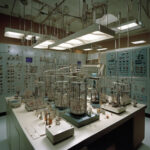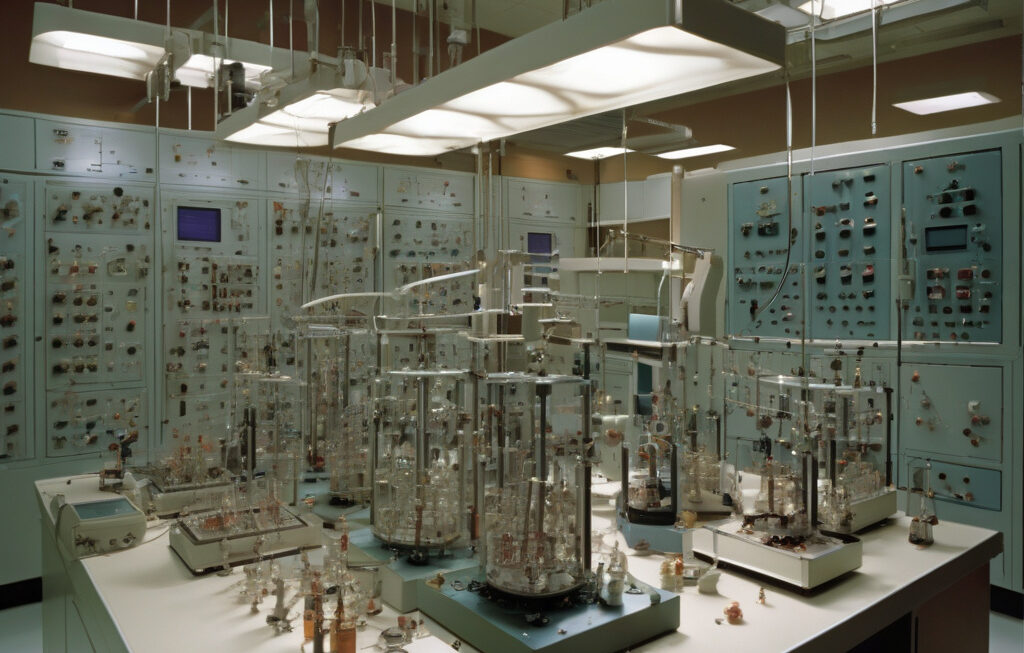How Graphite Reacts to Nuclear Radiation: Insights from a Recent US Study
Nuclear reactors – both old and new designs – use a lot of graphite as a key component in their core structures. Graphite is favored for its ability to withstand high temperatures and its structural strength. However, a recent study conducted in the United States has shed light on how graphite behaves when exposed to nuclear radiation, revealing some surprising findings.
The study, led by a team of researchers at a prominent US university, investigated the effects of nuclear radiation on graphite at the microscopic level. The researchers exposed graphite samples to intense radiation levels similar to those found in nuclear reactors and closely monitored the material’s behavior.
One of the most significant findings of the study was that graphite has the ability to swell under the influence of nuclear radiation. As the graphite samples absorbed radiation, they exhibited a noticeable increase in volume, a phenomenon known as irradiation-induced swelling. This swelling can have implications for the structural integrity of graphite components in nuclear reactors, potentially leading to mechanical issues over time.
In addition to swelling, the study also observed that graphite can experience shrinkage in certain conditions. The researchers found that prolonged exposure to radiation caused the graphite samples to shrink in size, which could further contribute to structural instability. This shrinkage phenomenon highlights the complex ways in which graphite interacts with nuclear radiation and underscores the importance of thorough material testing in nuclear reactor design.
Furthermore, the study revealed that the irradiation of graphite can lead to the formation of cracks within the material. These cracks, which can propagate over time, pose a significant concern for the safety and efficiency of nuclear reactors. Cracked graphite components may compromise the containment of radioactive materials and increase the risk of leaks or other malfunctions.
The implications of these findings are far-reaching for the nuclear industry, particularly in the design and maintenance of reactors. Understanding how graphite responds to radiation exposure is crucial for ensuring the safety and longevity of nuclear facilities. By gaining insights into the swelling, shrinking, and cracking behaviors of graphite, engineers and researchers can develop strategies to mitigate these effects and improve the overall performance of nuclear reactors.
Moving forward, additional research is needed to delve deeper into the mechanisms underlying graphite’s response to nuclear radiation. By exploring the fundamental processes at play, scientists can devise innovative solutions to enhance the resilience of graphite materials in nuclear applications. Ultimately, this knowledge will contribute to the ongoing advancement of nuclear technology and the safe operation of reactors worldwide.
In conclusion, the recent US study on graphite’s reactions to nuclear radiation has provided valuable insights into the complex behavior of this essential material. From swelling and shrinking to cracking, graphite undergoes various changes when exposed to radiation, highlighting the importance of thorough testing and analysis in nuclear reactor design. By addressing these challenges head-on, researchers can pave the way for a more sustainable and secure nuclear energy landscape.
nuclear, graphite, radiation, US study, reactor safety












